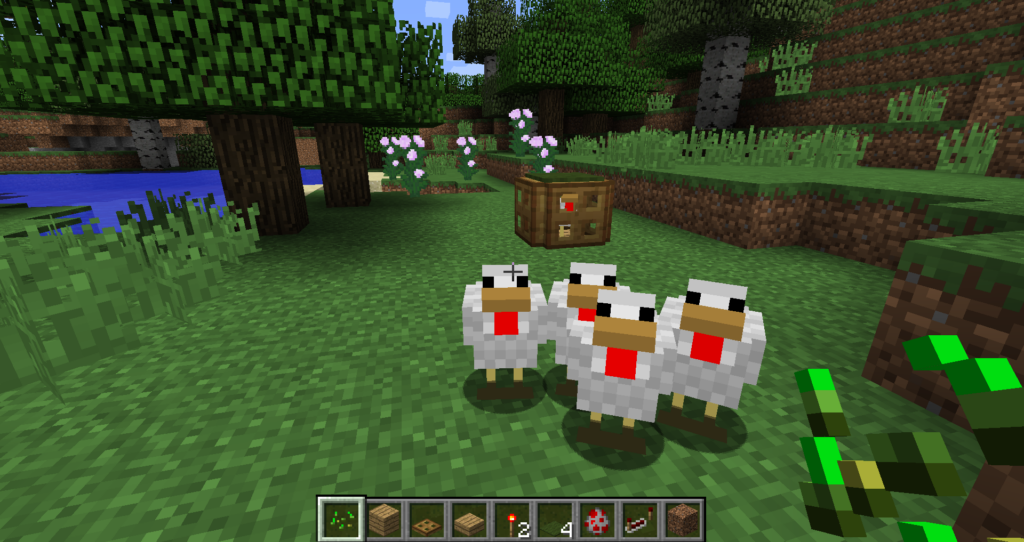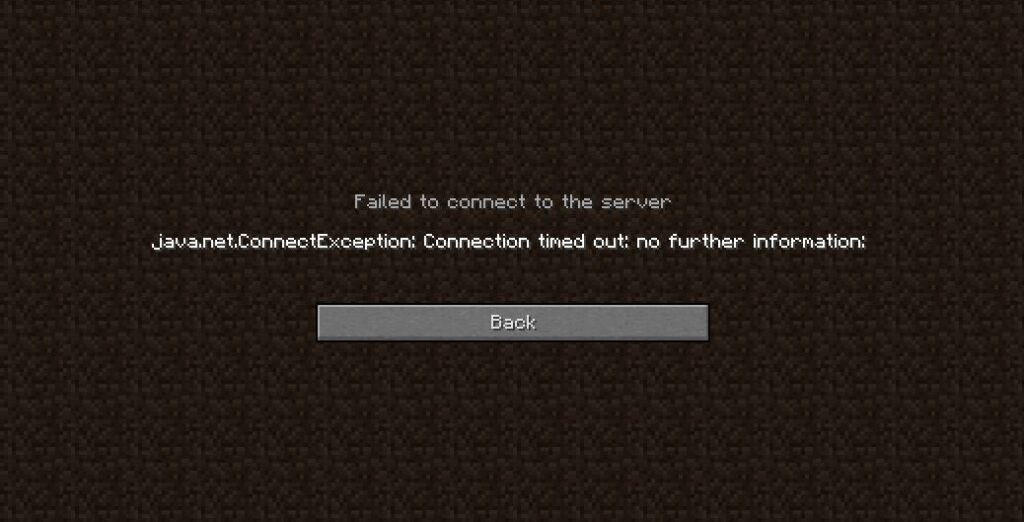Last updated on January 28th, 2025 at 09:02 am
Are you an enthusiastic Minecraft player, exploring vast landscapes and building your dreams brick by brick? Or, are you just wondering if Minecraft servers can detect hacked clients?
If so, you’ve likely come across the concept of hacked clients or even used them yourself.
But as you venture deeper into the world of Minecraft, you might wonder whether these cheat-infused modifications can be detected by servers.
In this article, we’ll unravel the mystery surrounding hacked clients and explore the possibility of Minecraft servers detecting them. Let’s dive in and discover the truth together!
Introduction to Minecraft and the Concept of Hacked Clients
Minecraft, the beloved sandbox video game developed by Mojang Studios, has taken the gaming world by storm since its release in 2011. It has an immersive open-world environment and boundless creative potential.
Minecraft has garnered an enormous and dedicated player base across the globe. In this diverse community, players explore, build, and embark on adventures together.
Some players choose to enhance their gaming experience with the use of hacked clients. These are modified versions of the game featuring additional features and functionalities not found in the vanilla Minecraft system.
These cheat clients, also known as utility mods, offer players unique capabilities such as aimbots, fly hacks, and more.
While the use of hacked clients has become a common practice among some players, it raises questions about the impact on the overall gaming experience and the fairness of gameplay.
What is a Minecraft Hacked Client?
Minecraft hacked clients are alterations to the game that delivers cheat features not present in the vanilla system.
The purpose of hacked clients is to provide players with a biased advantage, offering capabilities like aimbot, wallhack, fly hack, and more, which are not available in the standard game.
Common features of hacked clients
Aimbot allows players to have precise targeting and shooting capabilities.
Wallhack enables players to see through walls and obstacles, giving an unfair advantage in Player versus Player (PvP) situations.
Fly hack allows players to fly freely in the game world, bypassing any limitations on movement.
Enhanced resource gathering allows players using hacked clients to gather resources at an accelerated rate.
It gives them an unfair advantage in acquiring valuable items and materials.
Improved PvP rewards refer to the advantage of receiving better rewards or bonuses in player-versus-player combat situations.
Hacked clients may grant additional benefits like increased damage, faster attack speed, or enhanced defensive capabilities. This makes it easier for players to win battles.
Other features may include advanced movement abilities, such as speed hacks or teleportation. These enable players to move quickly or instantly transport to specific locations on the map.
Some hacked clients also offer auto-aim or auto-attack, automatically targeting and attacking enemies. It gives players an edge in combat scenarios without requiring precise aiming or manual input.
Impact of hacked clients on the gaming experience and server communities
Players utilizing hacked clients gain an unfair advantage over others, disrupting the balance of competition and undermining the enjoyment of fair play.
It can lead to frustration among legitimate players, negatively affecting the overall atmosphere of the server.
Server communities strive to maintain an inclusive and enjoyable environment. Hence, the presence of hacked clients can pose challenges for administrators in ensuring a fair and level playing field for all players.
Can Minecraft Servers Detect Hacked Clients?
The answer is Yes, but…
When it comes to server detection capabilities, Minecraft servers face significant challenges in accurately identifying hacked clients.
While modern anti-cheat systems exist, their ability to 100% verify whether a player is using a hacked client or a regular vanilla client is limited.
Hacked clients are designed to mimic the behavior of regular vanilla clients to evade detection. By closely imitating the standard client, hacked clients can often bypass server-side detection mechanisms.
This camouflage makes it challenging for servers to differentiate between legitimate players and those using cheat-infused modifications.
Server-side detection has inherent limitations due to the constant evolution of hacked client technology.
Hackers frequently update their cheat clients to stay ahead of detection measures. This results in a cat-and-mouse game between anti-cheat developers and cheaters.
Additionally, some hacks are programmed to operate solely on the client-side, without sending any suspicious data to the server. This makes them virtually undetectable through server-side means.
These challenges create a complex landscape for Minecraft servers in their pursuit of effectively identifying and addressing hacked clients.
Detection Techniques and Prevention Methods
Anti-cheat systems on Minecraft servers
Anti-cheat systems on Minecraft servers function by constantly monitoring players’ actions in the game world.
These systems analyze player behavior to detect any suspicious or abnormal actions that could indicate the use of hacked clients or cheats.
They may look for patterns like unnatural movement, impossible speed, or instant resource gathering, among others.
Once potential cheaters are flagged, the system can take various actions, such as issuing warnings, temporary bans, or permanent bans, depending on the severity of the violation.
Client-side anti-cheats
As the name suggests, client-side anti-cheats are implemented directly on the players’ side, within their Minecraft clients.
These anti-cheat solutions aim to prevent hacks from even being activated, making it difficult for players to use cheat-infused modifications in the first place.
While client-side anti-cheats can be effective in stopping some cheats, they may not catch all types of hacks. Their effectiveness depends on the sophistication of the hacked client being used.
Special exploits
Special exploits that allow certain hacked clients to avoid detection are relatively rare but not unheard of.
Exploits may take advantage of loopholes or vulnerabilities in the Minecraft client-server communication process.
However, game developers and server administrators continuously work to identify and patch these exploits to maintain a cheat-free environment.
The potential of client-side anti-cheats for large servers
For large servers, implementing client-side anti-cheats can be challenging due to the sheer volume of players and the need for compatibility across various platforms and mod setups.
While client-side anti-cheats can be powerful tools to prevent some hacks, they may not be a one-size-fits-all solution for large servers.
In such cases, a combination of server-side and client-side detection techniques is often used to maintain fair gameplay and combat the use of hacked clients effectively. Additionally, manual monitoring by server administrators plays a crucial role in ensuring a cheat-free environment.
Dealing with Hacked Clients: Bans and Policies
Server policies on hacked clients and modified clients typically strictly prohibit their use. Most servers have clear terms of service that explicitly state that the use of hacked clients or any form of cheating is strictly forbidden.
Violating these policies can result in severe consequences, including temporary or permanent bans from the server.
Using hacked clients on different servers can lead to varying consequences depending on the server’s policies and the severity of the cheat detected.
In some cases, players may receive warnings for first-time offenses, while repeated violations can lead to temporary or permanent bans. Some servers may employ a “three-strikes” policy, while others have zero tolerance for cheaters.
Active moderation plays a crucial role in enforcing server rules and combating the use of hacked clients. Dedicated server administrators and moderators continuously monitor player behavior and promptly respond to any suspected instances of cheating.
By taking swift action against rule-breakers, active moderation helps maintain a fair and enjoyable gaming environment for all players on the server.
Prevention and Protection for Minecraft Server Owners
Minecraft server owners can employ various methods to detect hacked clients on their servers. These include using anti-cheat plugins, server-side monitoring, and analyzing player behavior for suspicious activities.
Plugins, mods, and anti-cheat systems are essential tools for server owners to combat hacked clients effectively. These solutions can help detect and prevent cheat-infused modifications, ensuring fair gameplay for all players.
Staying up-to-date with the latest security measures is crucial to staying ahead of evolving hacked client technologies.
Regular updates to anti-cheat systems and plugins are essential in maintaining a cheat-free and secure environment for the Minecraft server community.
Conclusion
In conclusion, whether or not Minecraft servers can detect hacked clients remains a complex challenge.
While anti-cheat systems and client-side anti-cheats play important roles, the ever-evolving nature of hacked client technology presents ongoing difficulties.
Despite the presence of hacked clients, it is essential to maintain a fair and inclusive gaming environment without judgment. Strict server policies and active moderation are key to upholding the integrity of gameplay.
In this collective effort, the Minecraft community, server owners, developers, and players must work together to celebrate creativity and enjoyment while combatting cheating.
Let’s continue embracing challenges, ensuring a cheat-free Minecraft world that thrives with endless possibilities for everyone. Happy gaming!






